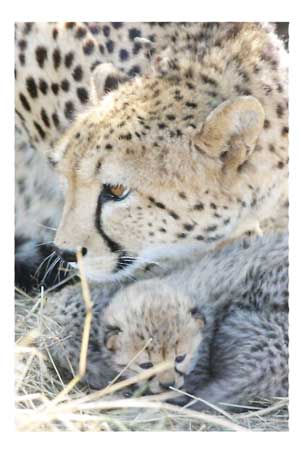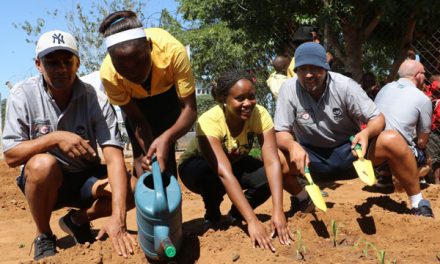
British animal welfare organisation concerned over donkey skin trade

Namibia’s donkeys are at great risk of being exterminated according to the United Kingdom-based organisation, The Donkey Sanctuary. After a visit to two proposed donkey abattoir sites in Okahandja and Outjo in September, the organisation raised serious concerns, quoting statistics based on the Chinese experience to warn that the local donkey population can be wiped out in a matter of years.
Alex Mayers, Head of Programmes at the Donkey Sanctuary said immediate action needs to be taken to halt the establishment of the skin trade. Mayers said if the abattoirs open for business, not only will the donkey population be at great risk, but the country’s poorest citizens who rely on donkeys will be directly affected in a catastrophic way.
“I am disappointed that SPCA Namibia, the country’s leading animal welfare organisation, was not consulted on the EIA (Environmental Impact Assessment), for the Okahandja abattoir and I’m concerned that the document has not been made public. It leaves many questions unanswered and offers little reassurance that the welfare of donkeys or the Namibians who rely on them are at the forefront of the agenda. We are calling for this document to be made public as a matter of urgency,” Mayers said during his visit to the proposed sites with SPCA Namibia and NSPCA South Africa.
The Donkey Sanctuary and SPCA Namibia are in strong agreement that the welfare of donkeys will be at great risk should the abattoirs open.
The organisation said that the selected locations of Okahandja and Outjo have minimal donkey populations, meaning donkeys would have to be transported across the country to the abattoirs, causing them a great deal of stress.
The Okahandja abattoir has revealed that it wants to slaughter in excess of 100 donkeys per day. With UN data (FAOSTAT) showing that Namibia’s donkey population was 159,028 in 2014 (according to official Namibian government data not FAO estimates), this would mean the donkey population would fall by 30,000 per year if the slaughter house operated 300 days a year.
“These figures are wholly unsustainable when weighed up against the lengthy breeding cycle of donkeys and the mature age a donkey needs to reach for slaughtering for skin,” Mayers said.
Added Mayers, “Outjo and Okahandja municipalities, along with the central government have an opportunity to learn from the disastrous consequences of the skin trade in other African countries, and protect the livelihoods of the tens or even hundreds of thousands of Namibians that depend on donkeys. We call on them to hear those voices.”
Monique Redecker, CEO at SPCA Namibia weighed in against the trade saying that it is crucial for the Namibian government to realise the serious impact and welfare concerns these proposed donkey abattoirs will cause if they are approved, not just to the country’s donkey population, but to the citizens of Namibia.
“SPCA Namibia is proud to be working closely with the Damara community. Sir Abner Xoagub, speaking on behalf of the Damara community, has expressed most of the concerns we have about the proposed donkey abattoirs. They must be heard. Please listen to their voice and the concerns they raise. They realise the huge negative impact, the Namibian government should also,” Redecker said.











































